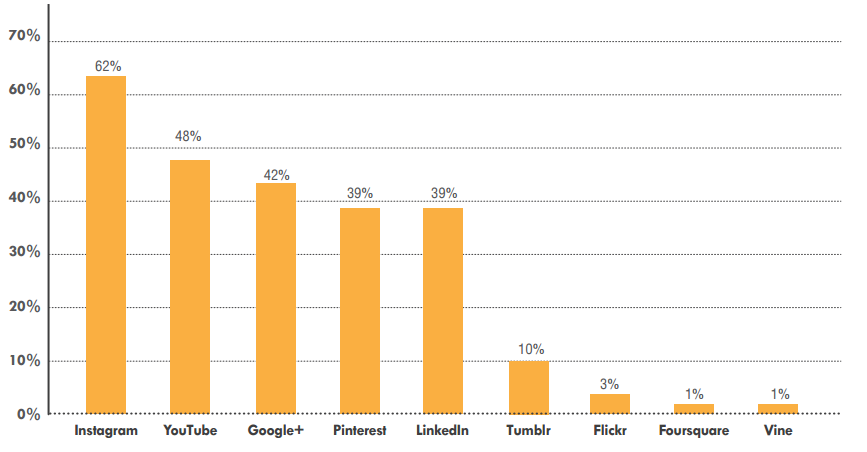 Fundraising, fundraising, fundraising. It might get tiring to hear, but fundraising’s a critical component of the lifespan of a nonprofit. The 2015 M+R Benchmarks Study was recently released, and the stats are in. 84 nonprofits participated to compile the numbers about email, web, and social media.
Fundraising, fundraising, fundraising. It might get tiring to hear, but fundraising’s a critical component of the lifespan of a nonprofit. The 2015 M+R Benchmarks Study was recently released, and the stats are in. 84 nonprofits participated to compile the numbers about email, web, and social media.
Here are some facts we pulled from the report to highlight for you:
Cause and Effect
- For every 1,000 fundraising messages delivered to supporters, nonprofits in the study raised $40.
- For every 1,000 advocacy messages delivered to supporters, nonprofits generated 29 actions. (That number skewed higher for Environmental orgs.)
- For every 1,000 email subscribers, the nonprofits had 285 Facebook fans and 112 Twitter followers. But those social media numbers grew much faster than email audiences.
How are your supporters responding to your fundraising messages, to your social media campaigns, and to your advocacy messages? Are you seeing the response you’d like? If not, have you been testing constantly?
Growth
- Online monthly giving grew by 32% in 2014, compared to just 9% for onetime giving.
- Email list size for study participants grew by 11% in 2014.
- Response rates were down in both fundraising and advocacy messaging.
- Click-through rates for email fundraising messages were up slightly at 0.48%, while advocacy click-through rates, at an average of 3.3%, were down 12% from 2013.
I hope that you’re tracking your growth rates over the years. This is critical to determining the needs of your audiences. If you’re growing, it’s important to know what’s working. And if your numbers are declining, it’s better to fail fast and get back on the rise as quickly as possible. Tracking is the first step to ensuring you’re numbers mean something.
M+R noted that while social media may or may not be where the money is, it IS where your supporters are. And they’re right. Nonprofits were asked what 3 social media platforms beyond Facebook and Twitter were most important. Here are the results:

Do your top 3 look similar? Are you familiar with each of these platforms? More importantly, are your audiences familiar with them? I know I’ve mentioned it before, but social media is like a cocktail party – you should be having a conversation with your followers, not just talking AT them.
Stay tuned for website engagement highlights next week! And feel free to check out the whole report here.



COMMENTS